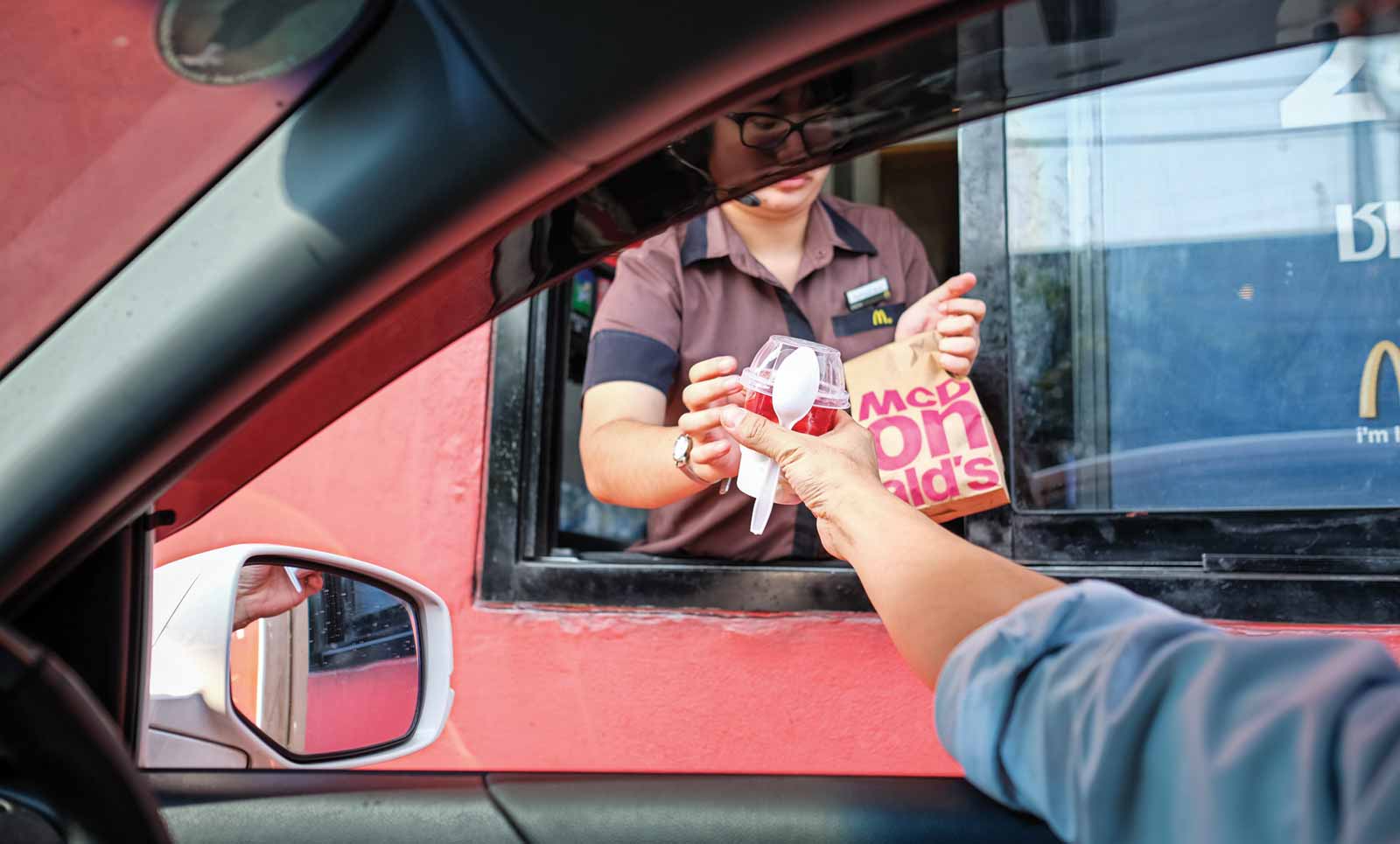Drive-thru restaurants have always been the ultimate in convenience and speed but during the pandemic, especially during the mandated dine-in closures, they were also a lifeline for the restaurants that had them, reports The NPD Group. Drive-thru restaurant visits increased by 26 percent in the April, May, and June quarter and represented 42 percent of all restaurant visits.
In July when more restaurants were reopened, drive-thru visits still increased by 13 percent, the highest visit increase among the service modes of on-premises, carry-out, and delivery, according to NPD’s daily tracking of U.S. consumers’ use of restaurants and other foodservice outlets.
Traditional quick service restaurant chains have the majority of drive-thrus and although visits declined to a historical low of negative 17 percent during the second calendar quarter, this segment fared far better than other restaurant categories and segments. For example, many fast casual restaurants, which, prior to the COVID pandemic, outpaced the U.S. restaurant industry in visits and unit growth for several years, don’t have drive-thru operations and experienced steeper declines, down 26 percent, in the second calendar quarter than traditional quick service restaurants. Full service restaurants, most of which don’t have drive-thru and were most impacted by the mandated dine-in closure, saw traffic declines by 48 percent in April, May, and June with a decline improvement in July to negative 32 percent.
“Drive-thru operations are delivering a high ROI during the pandemic, offering convenience, speed, and the comfort of social distance to consumers using them,” says David Portalatin, NPD food industry advisor and author of Eating Patterns in America. “Fast casual and traditional quick service chains have already announced expansion plans for their drive-thru operations, and more chains will be doing the same. Drive-thru and other off-premises operations will be a major part of the U.S. restaurant industry’s recovery and future.”




